East Fremantle Heritage and Art
- Out and About

- Jan 12, 2023
- 5 min read
Updated: Mar 1

Having walked several Heritage Trails around Fremantle we decided to follow the one in East Fremantle and explore some murals and public art along the way. Heritage trails are a great starting point to explore an area - sometimes the heritage can leave a little to be desired as buildings no longer exist but mostly we discover unexpected delights along the way and East Fremantle was no exception. East Fremantle also stands out as all the buildings on the Heritage Trail are still in existence.
The East Fremantle Heritage Trail is a 3km walk featuring buildings of historical and architectural interest most dating back to 1890's to 1900's. It was first developed as part of the 1988 Bicentennial Heritage Trail Network and you can still see some of the original information plaques.
A new Heritage Trail map has been developed recently and it features the original 19 buildings in beautifully hand drawn water colour images. The screen shot images below are a bit fuzzy but you can download your map by clicking here. Visit the Streets of East Freo interactive website for a street by street history of East Fremantle, its heritage buildings, places, notable people and unique stories.


Essentially we walked this trail in two sections as we had previously walked along the Swan River at East Fremantle and had already located some of the heritage buildings and public art along the riverfront. On our second walk we parked at Raceway Park (free parking in streetside bays) and walked up Silas Street to Canning Highway, looping around and then taking the George Street underpass under Stirling Highway, on to Locke Park and then back to the car. The Public Art Trail Map is inserted below and artworks on this trail are marked in italics in this blog.
The East Fremantle Heritage Trail starts on Canning Highway with the East Fremantle Town Hall, the former Police Station, the former Post Office and Dovenby House all in close proximity. Intrigued by an unusual building we walked a little further east along Canning Highway to check out the Immaculate Conception Church on the corner of Preston Point Road. This worked out well as this is a safe place to cross busy Canning Highway.
We walked back west along Canning Highway and down Andrews Road towards the river to find the Boat Builder's House (Carroll's House) which is currently the Left Bank restaurant. We followed the Swan River west towards Fremantle, walking under Stirling Bridge where we said hi to Bon Scott, passing the Wild Women's Scent and Lamark Steel public artworks and then walking up Plympton Steps and through WH Kitson Park to cross back over Canning Highway at the traffic lights.

Greeting us on the southern side of Canning Highway was a large blue and white mural. We headed west past the former Plympton Hotel (Tradewinds Hotel) and some older homes. The imposing Glanville building is on the opposite side. Wander down Glyde Street for Angwin House and the former Methodist Church.
We actually made a slight detour here and continued along Canning Highway passing Tuckfield Oval Parkland which has stunning views over the river and the Rainbow Containers (while they are still there!) We checked out the art on the Old Naval Store before cutting through Dorothy Street to George Street to resume the Heritage Trail.
George Street is quite unique in having it's heritage buildings so beautifully preserved and it is delightful wandering up and back along the street taking in not only the beautiful heritage architecture but some quirky artworks and decor along the way.
There is a variety of places to grab a cuppa or a meal along this stretch (please check opening times as it was pretty quiet on a Sunday morning but was quite lively on another visit). Toilets and a shaded playground are located at Glasson Park where you will also find the Glasson Park Mural.
Beyond Glasson Park is the Hubble Street Mural by Jarryd Martin, which reflects early settler life and a little further along the Stormie Mills Mural.

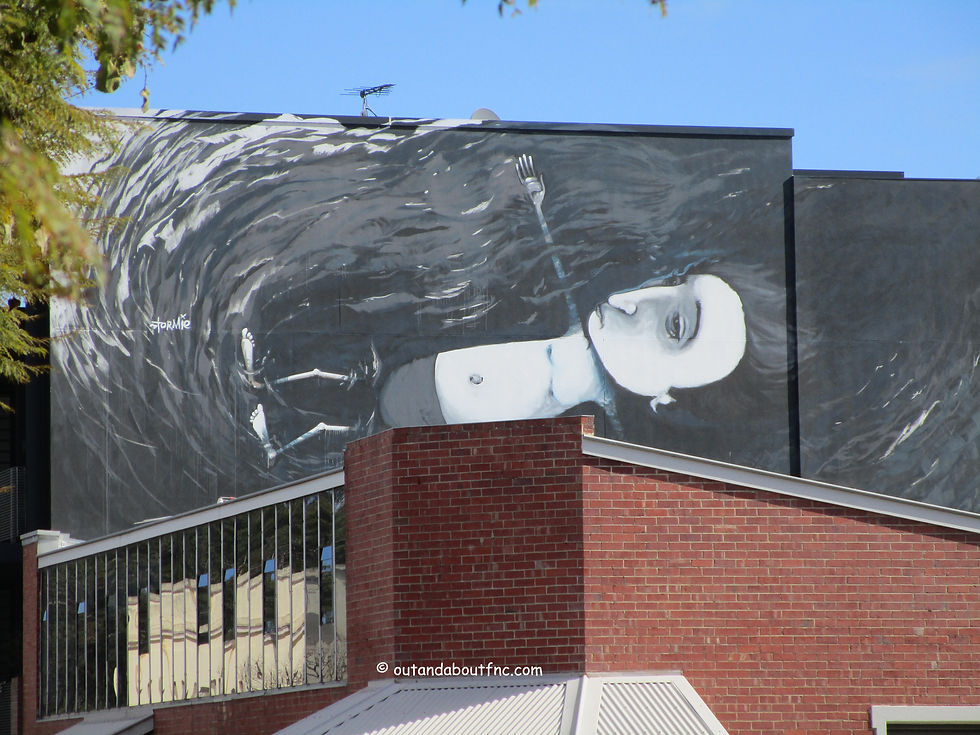
At the eastern end of George Street you come across the beautifully restored and repurposed Swan Brush Factory and the Royal George Hotel which was still undergoing renovation at the time of our visit. From here take the underpass under Stirling Highway, admiring the colourful Underpass Murals on the way.
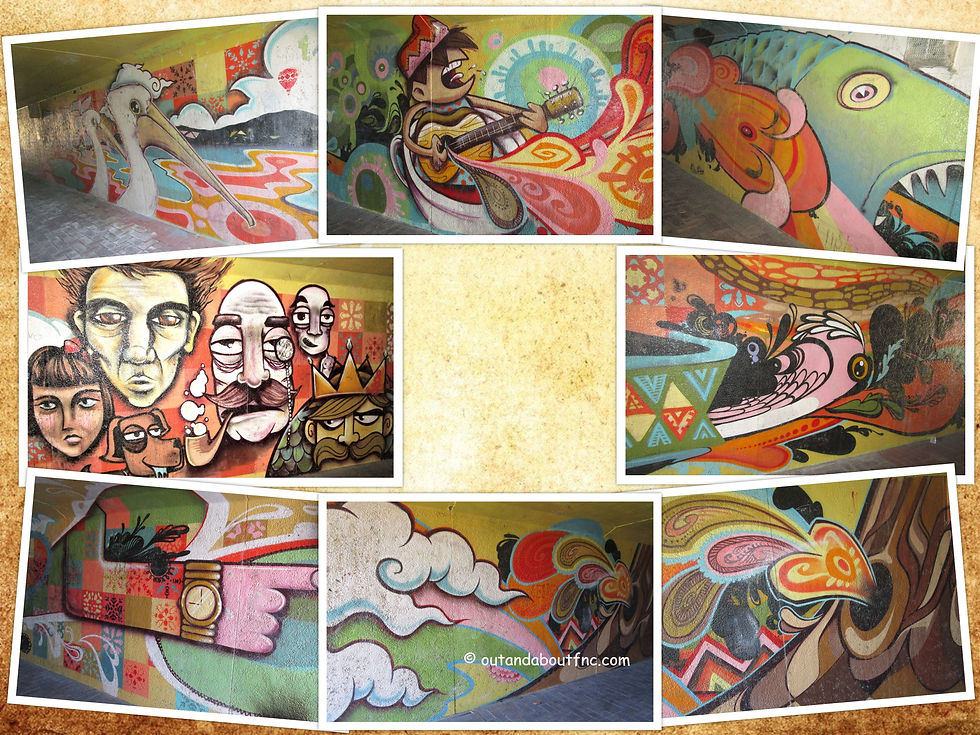
Continue along George Street to Locke Park where you will see the beautiful Locke Park Rotunda surrounded by lovely homes.
The Rotunda is the final stop on the Heritage Trail and you can make your way back to your starting point. It is a ten minute walk back to East Fremantle Town Hall. The Heritage Trail is a loop so you can pick it up and start anywhere along the trail.
We crossed the road to look at the George Booth Park Trotting Booth. The Richmond Raceway trotting track was established in 1928 and operated until 1991 when this area was developed for housing. The original turnstiles stand as a reminder of 63 years of harness racing in the area and the names of famous horses are recalled in the artwork inserted into the booths.
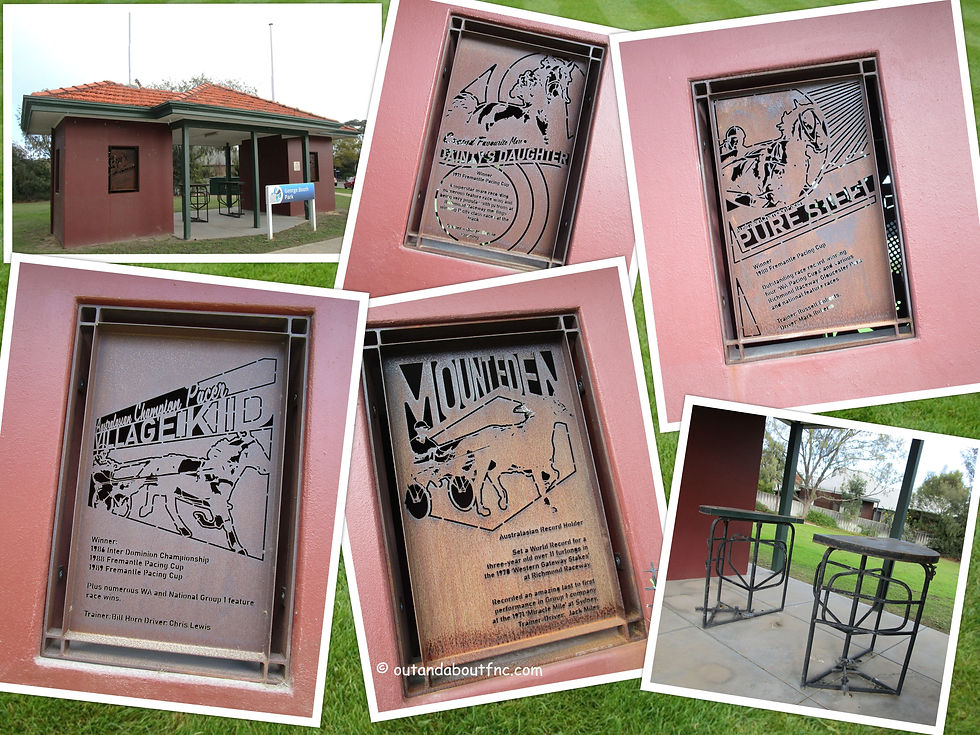
Then we walked past Raceway Park (where our car was) and it's Pacing Horses to Marjorie Green Park Trotting Booths.
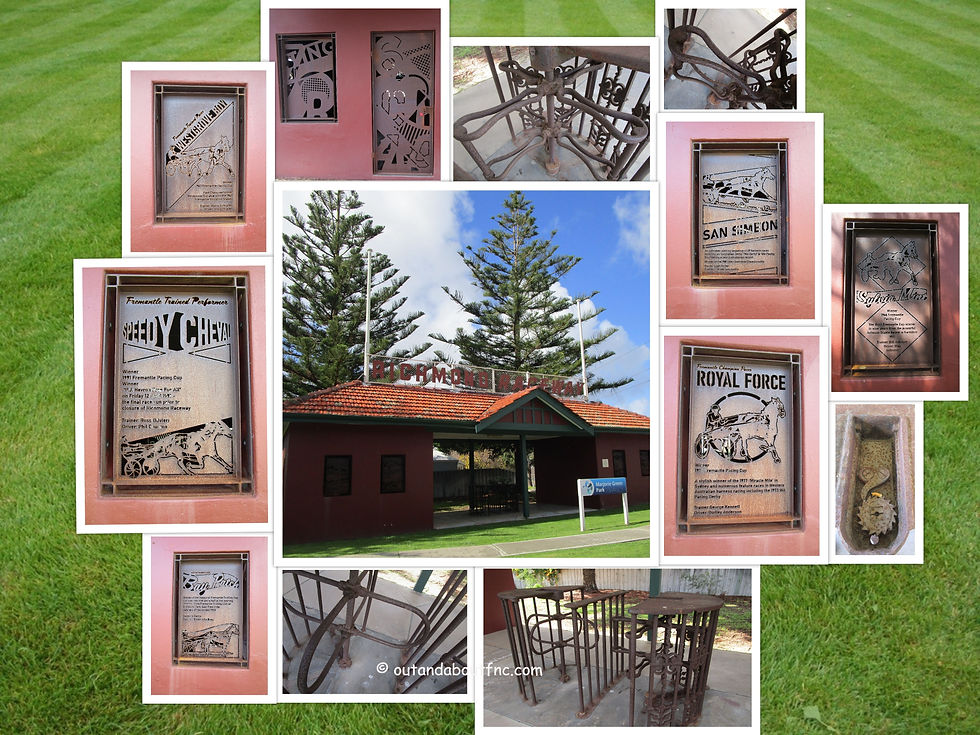
To finish the East Fremantle Public Art Trail we drove along Preston Point Road to see Port and Starboard (poor picture as taken from car!)...
and then revisited John Tonkin Reserve to view Our Common Condition which we had seen on our previous East Fremantle Riverside Walk.

So the East Fremantle Public Art Trail is also complete! We didn't find a couple of the outlying ones and did not access the Town Hall Collection but we found some additional artworks along the way. We also didn't see any of the Fairy Gardens but as we were combining the Heritage and Public Art Trails already we were not actively looking for fairy gardens.


To explore more heritage and urban art in and around Fremantle see the follwing blog posts:
or for an overview of Art blog posts:
To read more blogs go to:
I love wandering along trails, both marked and unmarked, and sharing my discoveries with my Out and About FNC community. If you enjoy reading my blogs please consider a small donation which will be used towards the costs of keeping the website up to date and relevant.

In the spirit of reconciliation Out and About- Family Nature Connection acknowledges the traditional owners of the Wadjak boodjar (Perth land) and their connections to land, sea and community. We pay our respect to their elders past and present and emerging and extend that respect to all Aboriginal and Torres Strait Islander peoples today.



































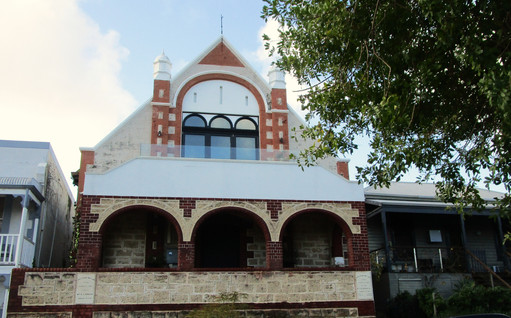

































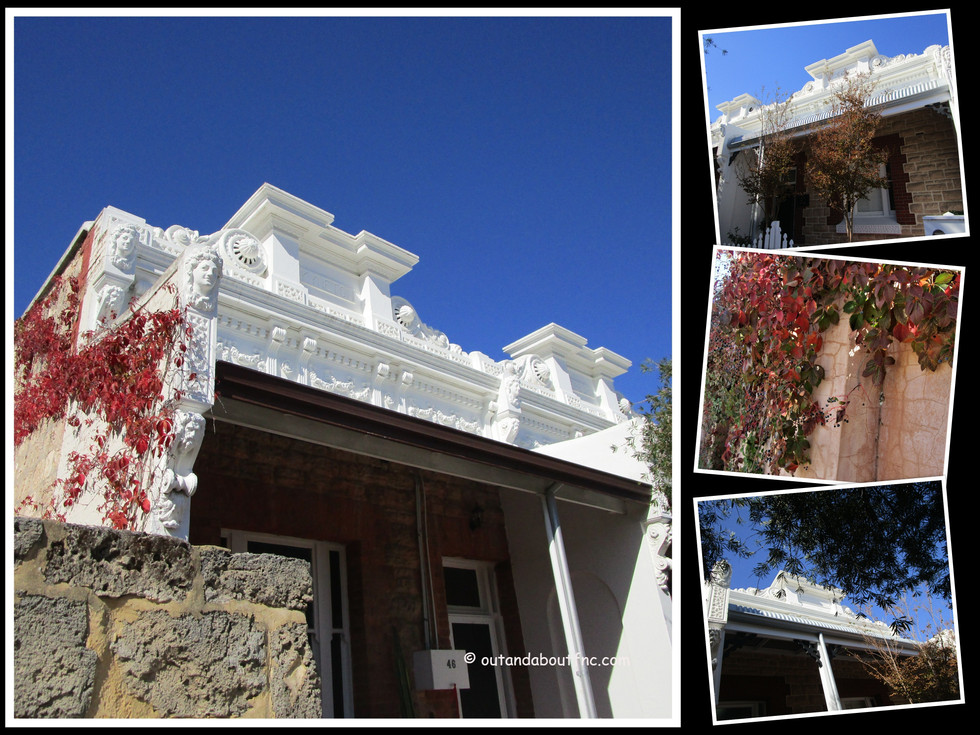

























Comments